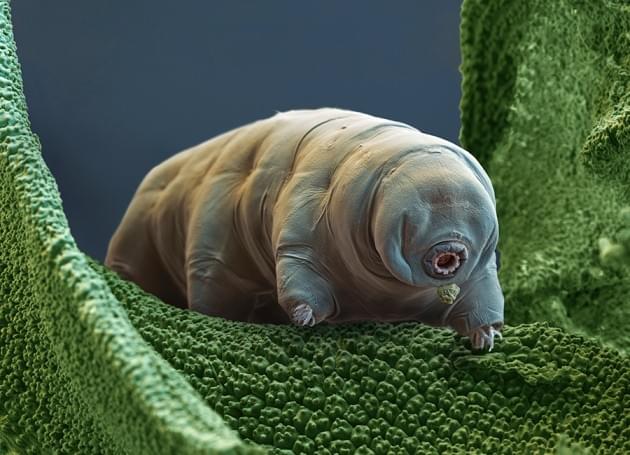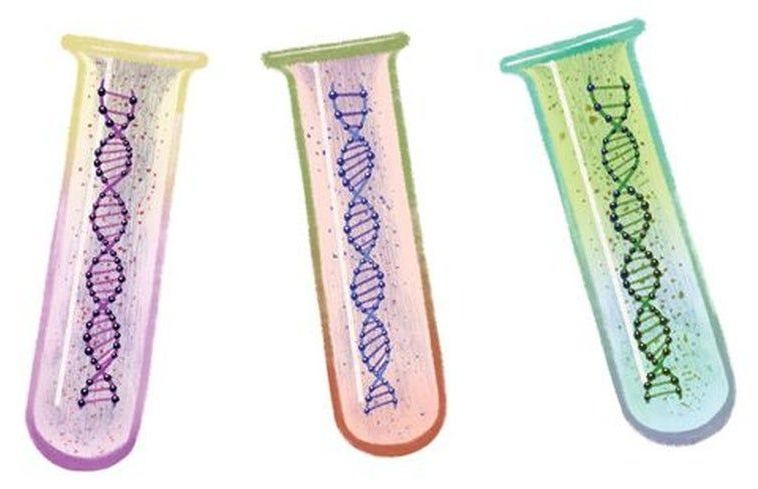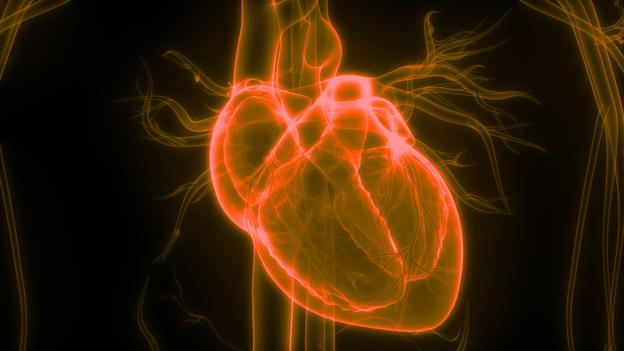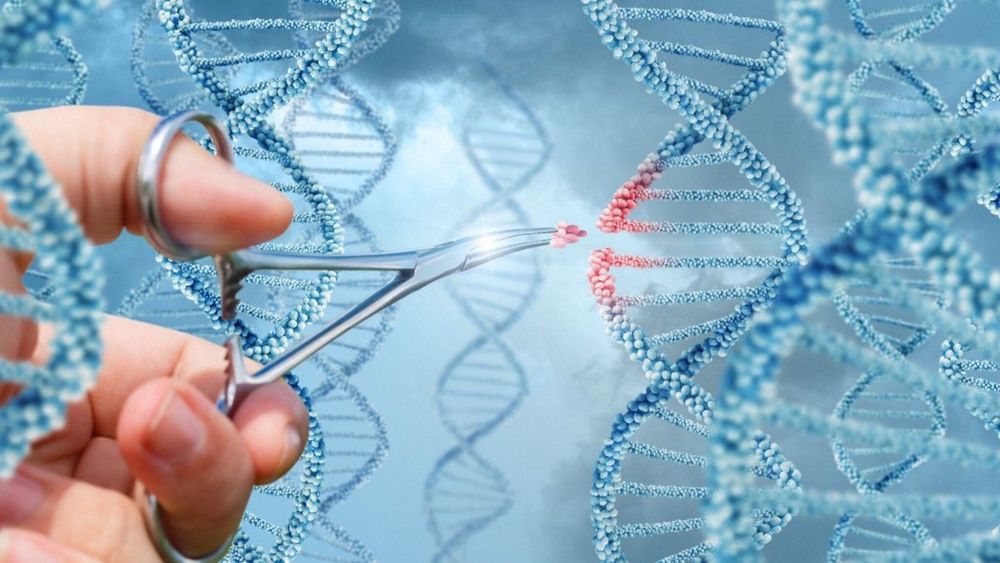There is a common myth that bone marrow stem cells do not work in the elderly.
However, we are seeing elderly patients respond very well to bone marrow stem cells.
In this blog, we share the experience of 80-year-old Georgia whose long-standing back pain resolved after bone marrow stem cell therapy. We will also explain why they are effective even in older patients.
The common myth is that as we age, the number of bone marrow stem cells dramatically decline in the bone marrow. This is true for the bone marrow stem cells in the long bones. Fortunately, the stem cell numbers are much better preserved in the iliac crest bone [bone in the back of the hip] from where we obtain the cells. This is the main reason why we are seeing good results with bone marrow stem cells even in our elderly patients. Georgia is not an exception.
In fact, Georgia’s bone marrow cell numbers were very high. Her TNC [Total Nucleated Cell Count] was 1.87 billion. TNC is a surrogate marker for stem cell numbers. In one intradiscal stem cell study, the average TNC was 847 million. Georgia’s TNC was more than double of what was reported in that study. Age did not affect Georgia’s bone marrow stem cell count.







